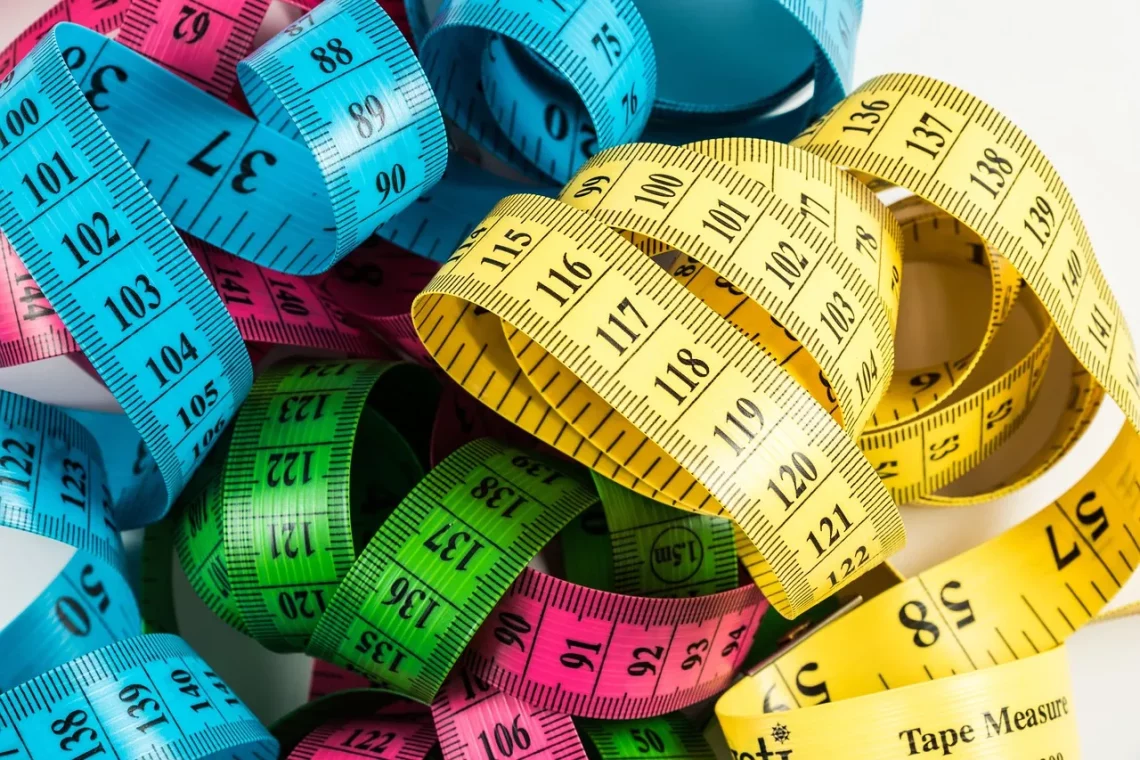-
Converting Picometers to Angstroms: A Simple Guide
The realm of measurements is a fascinating one, particularly when delving into the microscopic dimensions that define the building blocks of matter. Among the various units used to quantify these minuscule distances, picometers and angstroms stand out as essential tools in fields such as physics, chemistry, and material science. These units are often employed to express atomic and molecular dimensions, providing a clearer understanding of structures that cannot be seen with the naked eye. Picometers, or one trillionth of a meter, are commonly utilized for measuring the size of atoms and the wavelengths of electromagnetic radiation. On the other hand, angstroms, which equal one-tenth of a nanometer or one hundred…
-
How Many Ounces Are in 9 Pounds? A Simple Conversion Guide
Understanding weight conversions is crucial in various aspects of everyday life, whether you’re cooking, baking, or even managing your fitness routine. Many people find themselves in situations where they need to convert units of measurement, especially when dealing with different weight systems. The imperial system, primarily used in the United States, employs pounds and ounces, while many other countries use the metric system, relying on grams and kilograms. Pounds and ounces are both units of weight, but they are not interchangeable without a conversion factor. This can lead to confusion for those who are more accustomed to one system over the other. For instance, if you’ve ever found yourself perplexed…
-
How Much Is 64 Pounds in Kilograms? A Simple Conversion Guide
Understanding weight conversion is an essential skill in our increasingly globalized world. Whether you’re traveling, cooking, or involved in fitness, knowing how to convert between different units of measurement can be invaluable. One common conversion that often arises is between pounds and kilograms, particularly for those living in regions that use the metric system. The pound is a unit of mass commonly used in the United States and a few other countries, while the kilogram is the standard unit of mass in most other parts of the world. When faced with a weight expressed in pounds, such as 64 pounds, many people may wonder how to accurately convert that figure…
-
How Many Ounces Are in 90 Grams? A Quick Conversion Guide
Understanding weight conversions is essential in various fields, from cooking to science and beyond. When dealing with recipes, nutritional information, or scientific experiments, knowing how to convert between grams and ounces can make a significant difference. Grams and ounces are two common units of measurement, yet they belong to different measurement systems: grams are part of the metric system, while ounces are used in the imperial system. This distinction can sometimes lead to confusion, especially for those accustomed to one system over the other. In the culinary world, accurate measurements can affect the outcome of a dish. A slight change in the amount of an ingredient may alter the flavor,…
-
How Many Kilograms is 185 Pounds? A Simple Conversion Guide
Understanding weight conversions is an essential skill, especially in our increasingly globalized world. Whether you’re traveling, cooking, or diving into fitness, knowing how to switch between different measurement systems can make life much easier. The United States primarily uses the imperial system, which includes pounds, while most other countries rely on the metric system, which uses kilograms. This discrepancy can often lead to confusion, particularly when trying to interpret weight-related information. For instance, if you’re trying to compare body weights or nutritional information from different regions, you may find yourself needing to convert pounds to kilograms or vice versa. In this context, understanding how to convert between these two units…
-
How Many Kilograms is 230 Pounds? A Simple Conversion Guide
Understanding weight conversions can be crucial for various reasons, whether you are traveling, cooking, or managing your fitness goals. In many cases, particularly in countries that primarily use the imperial system, people may encounter pounds as a standard unit of weight. However, in much of the world, the metric system prevails, with kilograms being the preferred unit. This difference can create confusion, especially when precise measurements are needed. The challenge lies not only in the conversion process itself but also in understanding the context behind these measurements. For instance, athletes often track their weight in pounds, while health professionals might discuss weight in kilograms. Consequently, having a reliable method for…
- Uncategorized
Converting Hours to Years: A Simple Guide to Time Calculation
Time is a constant element in our lives, yet it often feels elusive and complex. From the moment we wake up to when we go to bed, we are constantly aware of the ticking clock and the hours slipping by. Understanding how to convert different units of time can enhance our efficiency in planning and productivity. While we typically measure time in hours, days, and months, there are scenarios where knowing how to convert hours to years becomes essential. This conversion can be particularly useful in various contexts, such as project management, life planning, and even understanding long-term commitments. The ability to relate hours to years helps provide a clearer…
-
Converting Hours to Years: A Simple Guide to Time Calculation
Time is a concept that governs our lives, shaping our schedules, commitments, and experiences. Whether we’re planning our daily activities or setting long-term goals, understanding how to measure and convert time is essential. Time is often quantified in numerous ways, such as seconds, minutes, hours, days, and years, each unit serving a different purpose in our daily lives. However, the challenge arises when trying to convert these units into one another, particularly when we want to grasp the bigger picture of time spent or time remaining. For instance, when we talk about long-term projects or life milestones, we might want to express time in years instead of hours. This shift…
- Uncategorized
Understanding the Conversion from Pounds to Grains Made Easy
Understanding the Conversion from Pounds to Grains Made Easy In an increasingly globalized world, understanding various measurement systems is essential for effective communication and trade. The need to convert between different units of measurement arises in various fields, from cooking and baking to scientific research and industrial applications. Among these units, weight measurements often present challenges due to the diversity of systems used across different regions and industries. The pound and grain are two units of weight that can be confusing for many. The pound has been widely adopted in the United States and other countries, while grains are more commonly utilized in scientific settings, particularly in fields such as…
- Uncategorized
Understanding the Conversion from Pounds to Grains Made Easy
Understanding the conversion from pounds to grains can seem daunting at first, especially if you’re not familiar with the measurement systems involved. The pound is a unit of weight commonly used in the United States and other countries that follow the imperial system, while the grain is a much smaller unit primarily used for measuring the weight of precious metals, grains, and medications. In everyday life, most people think in terms of pounds when discussing weight, whether it’s for cooking, shipping, or personal fitness goals. On the other hand, grains are often overlooked outside of specific contexts, like the pharmaceutical industry or detailed recipes where precision is essential. Despite this,…






























